Week 10: People
–
–
On our final day in Seoul we went to the public memorial of Roh Moo-Hyun, the ex president who committed suicide last week. His body was brought from his hometown of Bongha to Seoul in the early hours of Friday May 29 and the funeral was held at Gyeongbokgung, a palace which was once the main royal residence. Around 2,500 dignitaries attended and hundreds of thousands of mourners packed the streets. From there the coffin was taken to Seoul Plaza, the biggest open space in the city, then to Seoul station and to the crematory in Suwon, an hour to the south. The main ceremony was earlier than we expected and so we watched the news over breakfast and saw the incredible crowds. We hurried over and saw the remnants of the crowds (still impressive) and actually managed to get around and see some stuff so in a way it was the best of both worlds. Roh Moo-Hyun certainly seemed to be well respected and we’ve seen footage of lawyer types getting into egged buses, they might be the ones who were prosecuting him for corruption. There has also been a few signs of anti-government sentiment with signs saying “MB Out” being waved about. (Lee Myung-bak is the current president).
From Seoul we headed to Suwon where we spent a few days walking the UNESCO world heritage listed fortress wall, watching traditional performances and exploring the Korean Folk Village. The 5.7km fortress wall was originally built between 1794 and 1796 by King Jeongjo (1752-1800), the 22nd king of the Joseon Dynasty (1392-1910) who seems to have been quite active around here. He also built Hwaseong Haenggung, a palace that he built in honour of his father, Crown Prince Sado. Prince Sado had been killed by his own father by being sealed in a rice chest after it was reported that he had a mental illness and was behaving erratically. We visited the palace where this reportedly happened, Changgyeonggung in Seoul (see this post). The wall itself was nothing overly exciting though the UNESCO listing might be more for the fact that there are full records of its design and construction, pretty impressive artefacts 200 years later.
On weekends there are free traditional performances outside Hwaseong Haenggung and we managed to catch three of them. On Saturday we arrived just in time to see a style of percussion called samul nori which originated in farmers music. Dressed in basic but bright blue red and yellow some of the men also wear black hats with long white ribbons attached. The ones with the ribboned hats often play a small hand held drum which doesn’t make all that much noise, probably because the coordination needed to spin their head as they hit the drum means that they’re not always accurate. The main music comes from two types of larger drums, gongs, an Indian sounding bugle and a shallow metallic instrument that sounds like a pot lid being hit. The leader of the band is one of the pot lid players and he seems to decide when to change the rhythm or speed. The ribboned hat players are the most active, dancing around, spinning their heads so that the ribbons twirl as if it were rhythmic gymnastics.
There was also a performance of martial arts used during the Joseon dynasty, with various gruesome looking weapons wielded artfully and gracefully. They demonstrated a charge and the various uses of each weapon in a battle situation including a pitchfork like weapon which was used to guard against fighters with spears. It could also, handily, be used to impale someone when they were relinquished of their spear.
It was truly a performance rich week as I saw even more at the Korean Folk Village. Brett was in need of a day of sleeping and relaxing (and I think he wasn’t overly enthused about yet another folk village) so I explored on my own. I saw another two performances of samul nori, a horse riding show and a traditional wedding. The horse riding show was cool but I realised that to a Montana man like Brett fancy tricks like hanging down on one side of the horse or having a person stand on the shoulders of another man while at full gallop can be seen at any rodeo. I didn’t quite scream as loud as the high school groupie girls as the strapping young men galloped past but I was impressed. In some of the houses at the village there were people doing some traditional crafts like spinning silk, weaving bamboo baskets and making straw sandals. It was cheesy but the photographer in me loved having a place where it was possible to poke my head into and photograph every corner.
Needless to say this post is going to be short on writing (well I thought it was) and longer on photos. It’s been a busy week for my camera. Today we arrived in Jeonju where we will spend a few nights before heading on to Jeju island and China.
Tags: Hwaseong fortress, Korean Folk Village, Roh Moo-Hyun, Seoul, Suwon
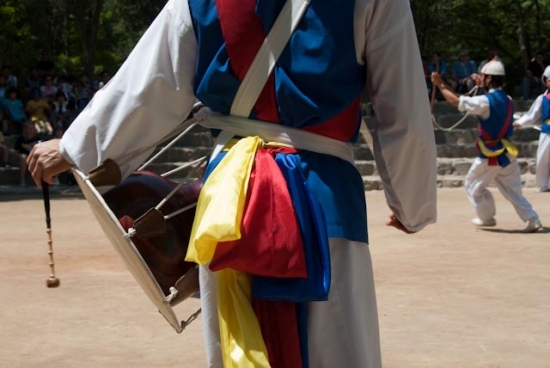
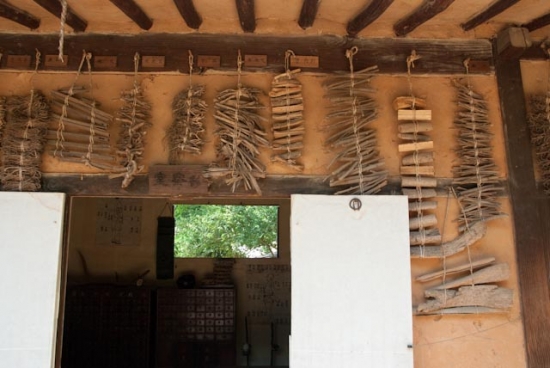
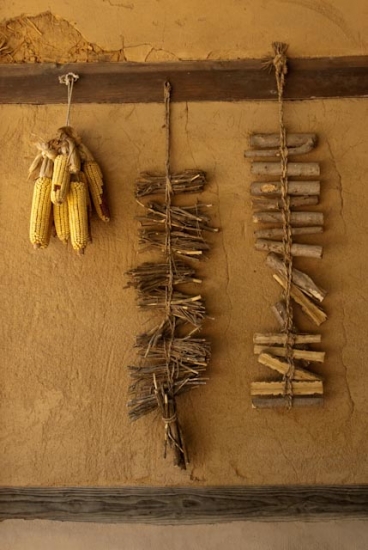
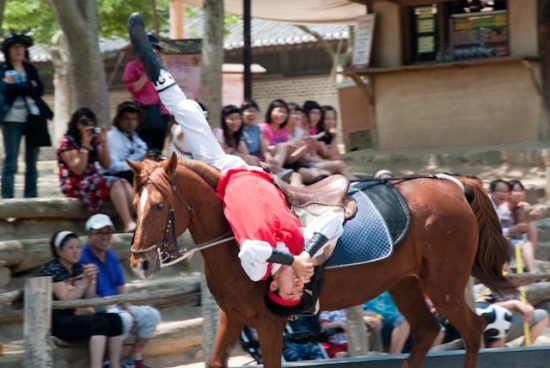
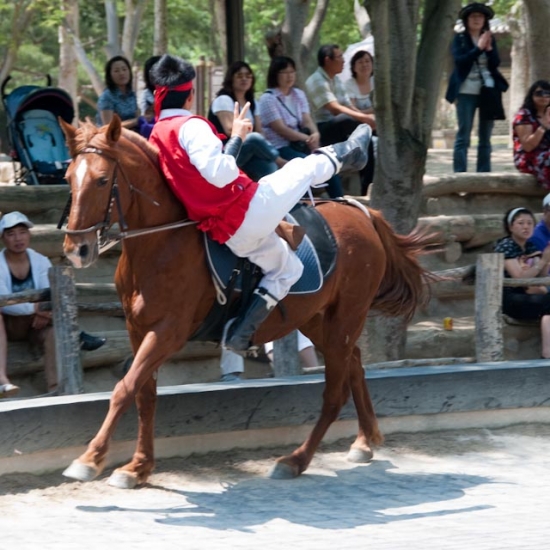
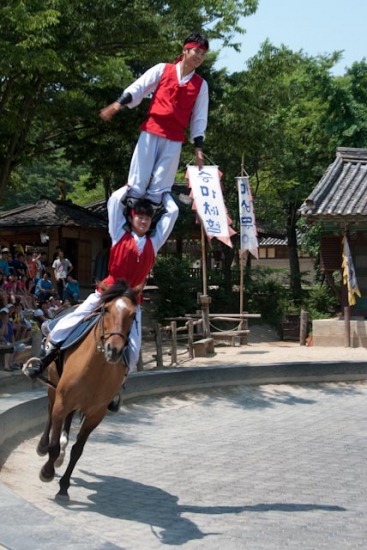
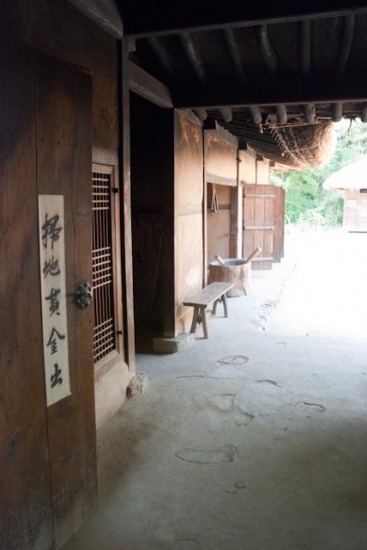
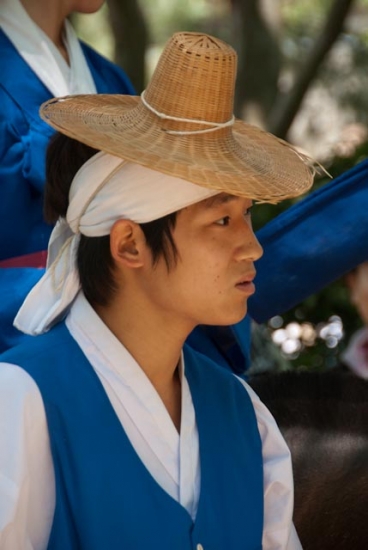
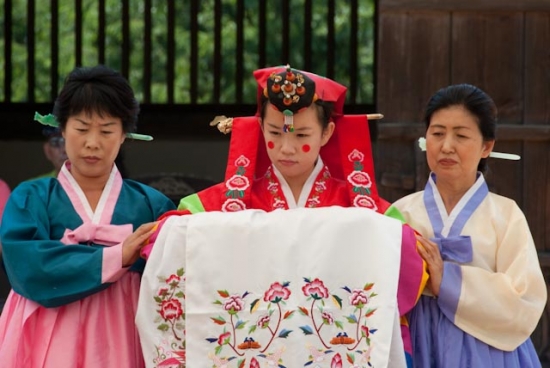
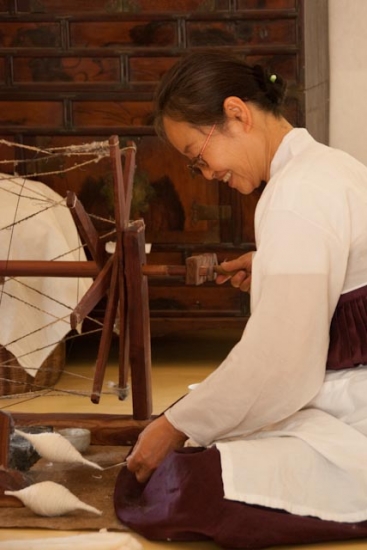
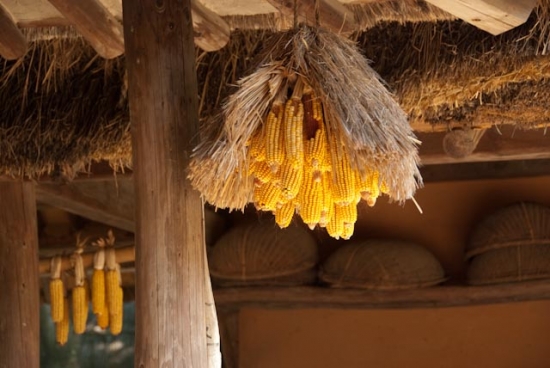
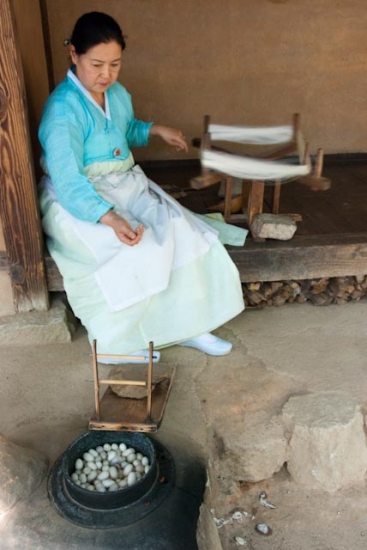
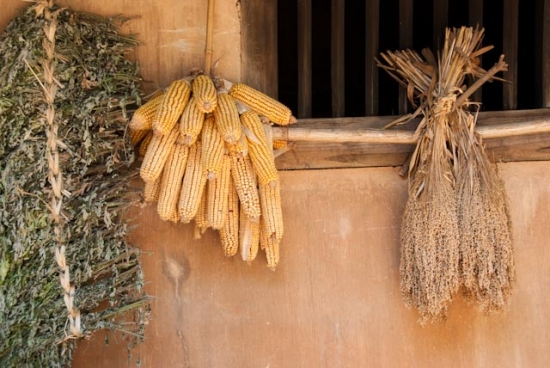
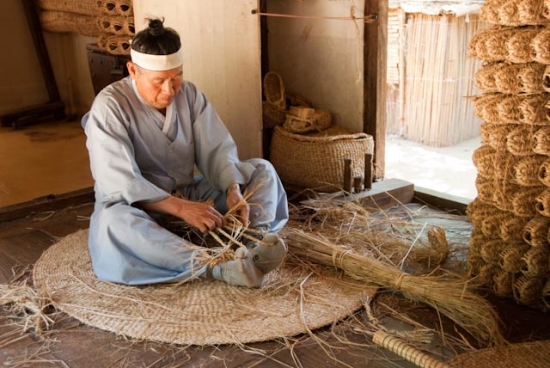
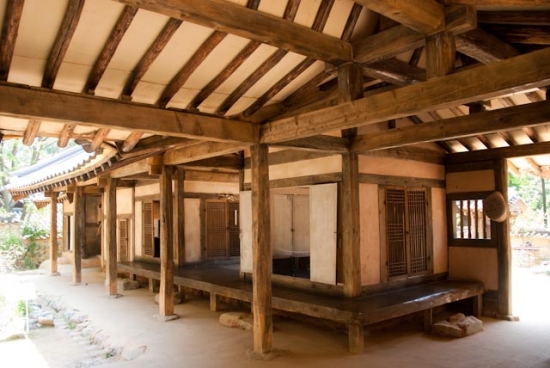
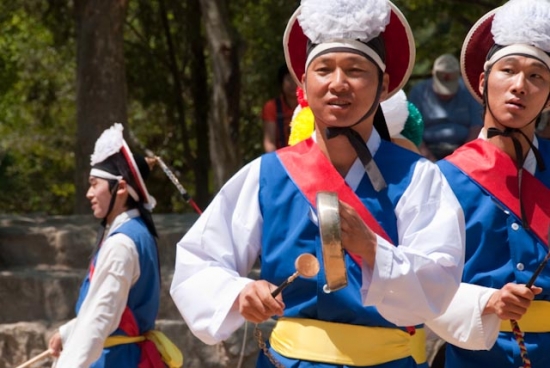
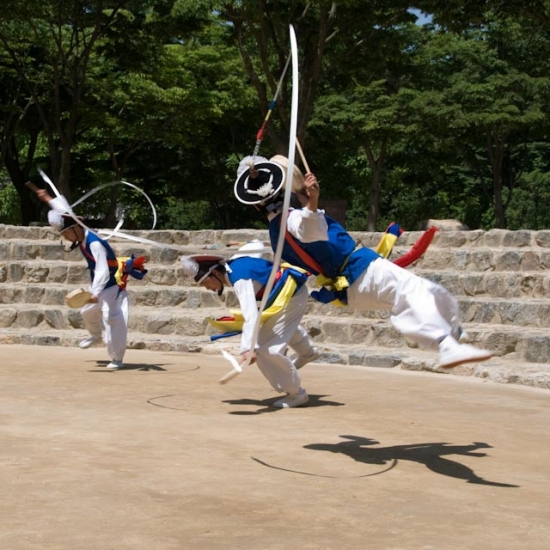
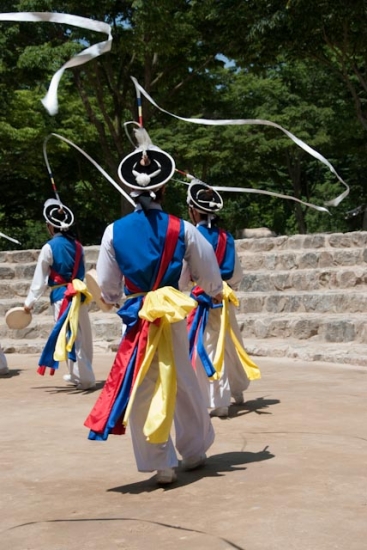
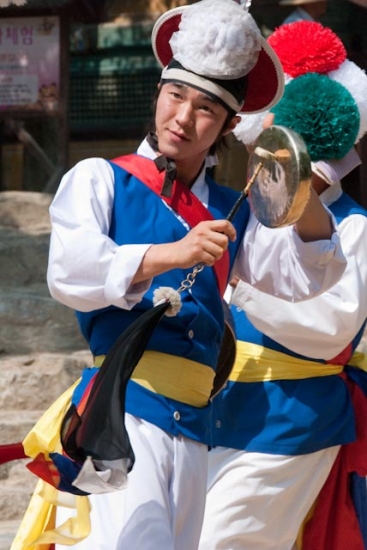
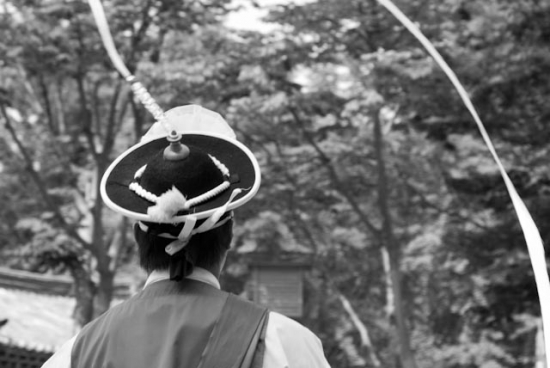
Leave a reply